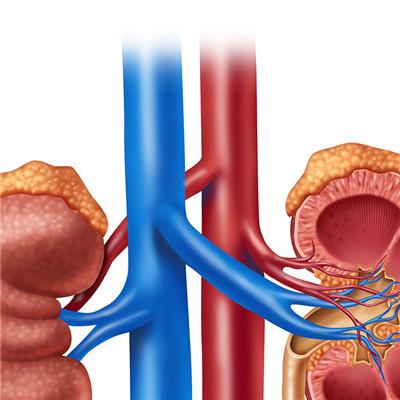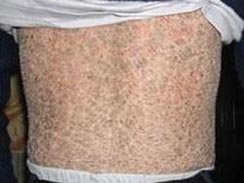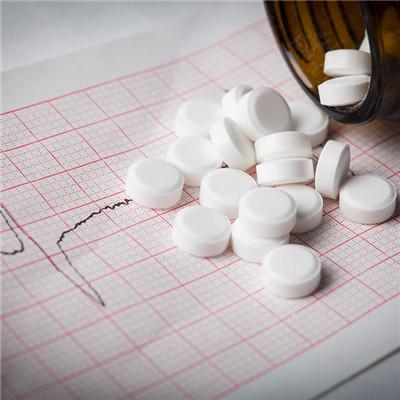How does the symptom of tall blood fat treat
summary
Symptoms and treatment of hyperlipidemia: high blood lipid index can directly cause a series of diseases that seriously endanger human health, such as atherosclerosis, coronary heart disease and so on, and even threaten human life. How to treat the symptoms of hyperlipidemia.
How does the symptom of tall blood fat treat
First: clinical manifestations of hyperlipidemia: the clinical manifestations of hyperlipidemia are mainly xanthoma caused by lipid deposition in dermis and Arteriosclerosis Caused by lipid deposition in vascular endothelium. Although hyperlipidemia can cause xanthoma, but the incidence of this situation is not very high; and the occurrence and development of atherosclerosis is a slow and gradual process. Therefore, under normal circumstances, most patients have no obvious symptoms and abnormal signs. Many people are due to other reasons for blood biochemical tests only found to have elevated plasma lipoprotein levels.

Second: the diagnosis of hyperlipidemia: there are many diagnostic methods of hyperlipidemia, but there is no unified diagnostic method in the medical field. Now we mainly detect two indicators: 1. Plasma total cholesterol concentration > 5.17mmol/l (200mg / dl) can be defined as hypercholesterolemia; 2. Plasma triglyceride concentration > 2.3mmol/l (200mg / dl) can be defined as hypertriglyceridemia. Due to the differences of the tested population and the test methods, the diagnostic criteria of hyperlipidemia are different. But in order to prevent atherosclerosis and coronary heart disease, the appropriate plasma cholesterol level should be determined according to the risk of cardiovascular and cerebrovascular diseases in the future. The higher the risk, the lower the appropriate plasma cholesterol level should be. The new standard suggests that drug treatment should be started when LDL-C concentration > 130 mg / dl, and LDL-C concentration < 100 mg / dl should be taken as the treatment target. If the risk of cardiovascular and cerebrovascular diseases is high in the future, drug treatment should be started earlier and more strict treatment target should be adopted. Low HDL-C concentration is a risk factor of coronary heart disease, which is < 40 mg / dl. The classification standard of triglyceride was reduced, and more attention was paid to the increase of medium degree.

Third: the treatment of hyperlipidemia: 1. Keep the right weight, not too fat. Obesity is easy to cause a variety of diseases. The average plasma cholesterol and triglyceride levels of obese people are significantly higher than those of normal weight people of the same age. At the same time, a person's body fat distribution is closely related to the plasma lipoprotein level, especially for central obesity (large stomach, visceral fat), it is more likely to lead to hyperlipidemia. Data show that obese people, after weight loss, many people's dyslipidemia have returned to normal.

matters needing attention
(1) exercise intensity: Generally speaking, the heart rate level after exercise can measure the amount of exercise and whether a person's exercise intensity is appropriate. You can see whether the heart rate exceeds 80% of the maximum heart rate of an individual, and it is better to control it at about 80%. Aerobic activities such as medium speed walking, jogging, swimming, rope skipping, doing aerobics and cycling are suitable. (2) exercise time: before exercise, you should turn on physical activity. You can carry out 5-10 minutes of preparatory activities to make your heart rate rise to a certain level, and then do 20-30 minutes of aerobic exercise to make your body sweat a little. 5-10 minutes of relaxation after exercise to relax the body. It can be carried out 3-4 times a week, not too frequently. If you feel unwell, you can rest properly. (3) pay attention to safety protection during exercise to avoid injury.















